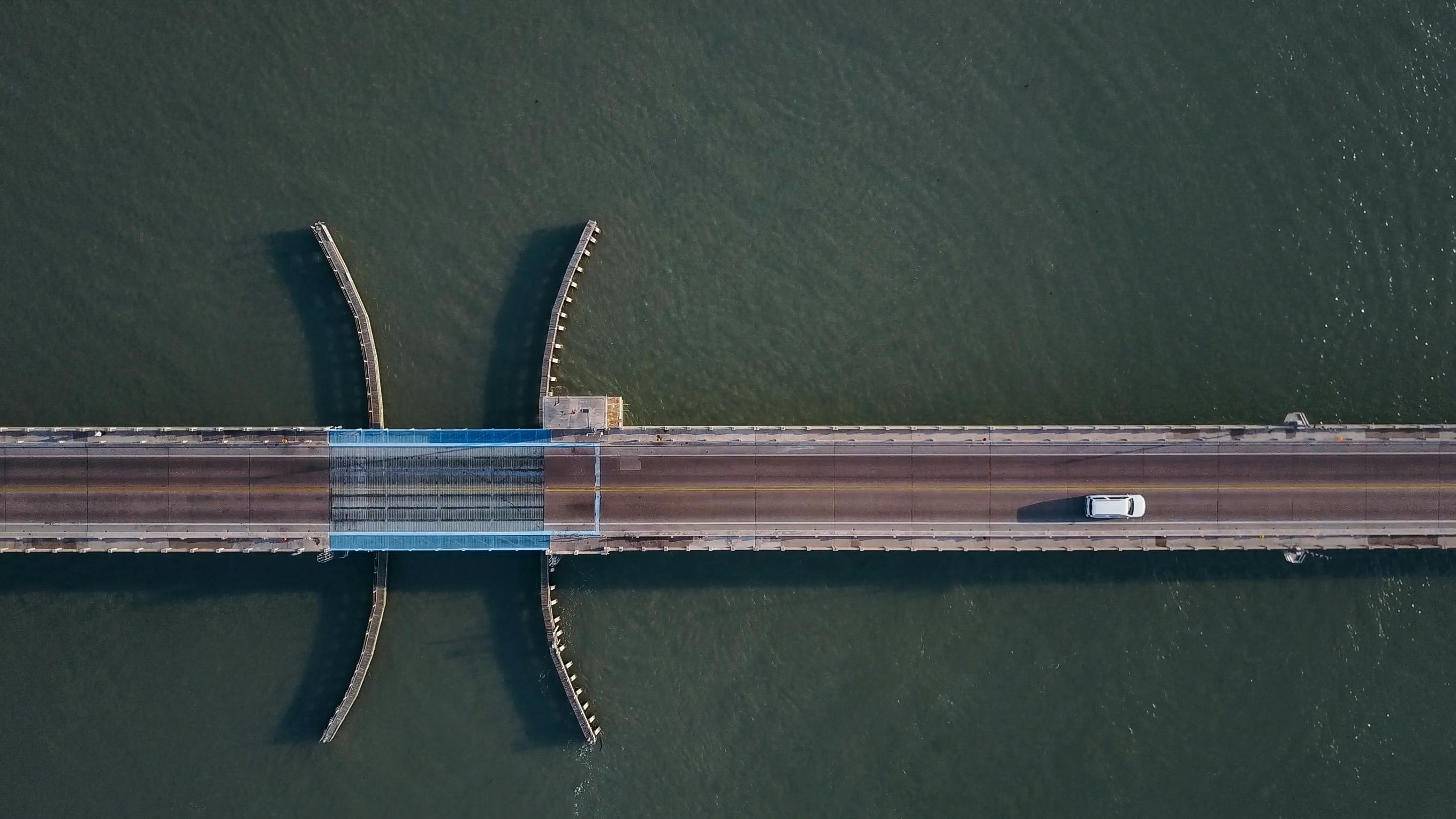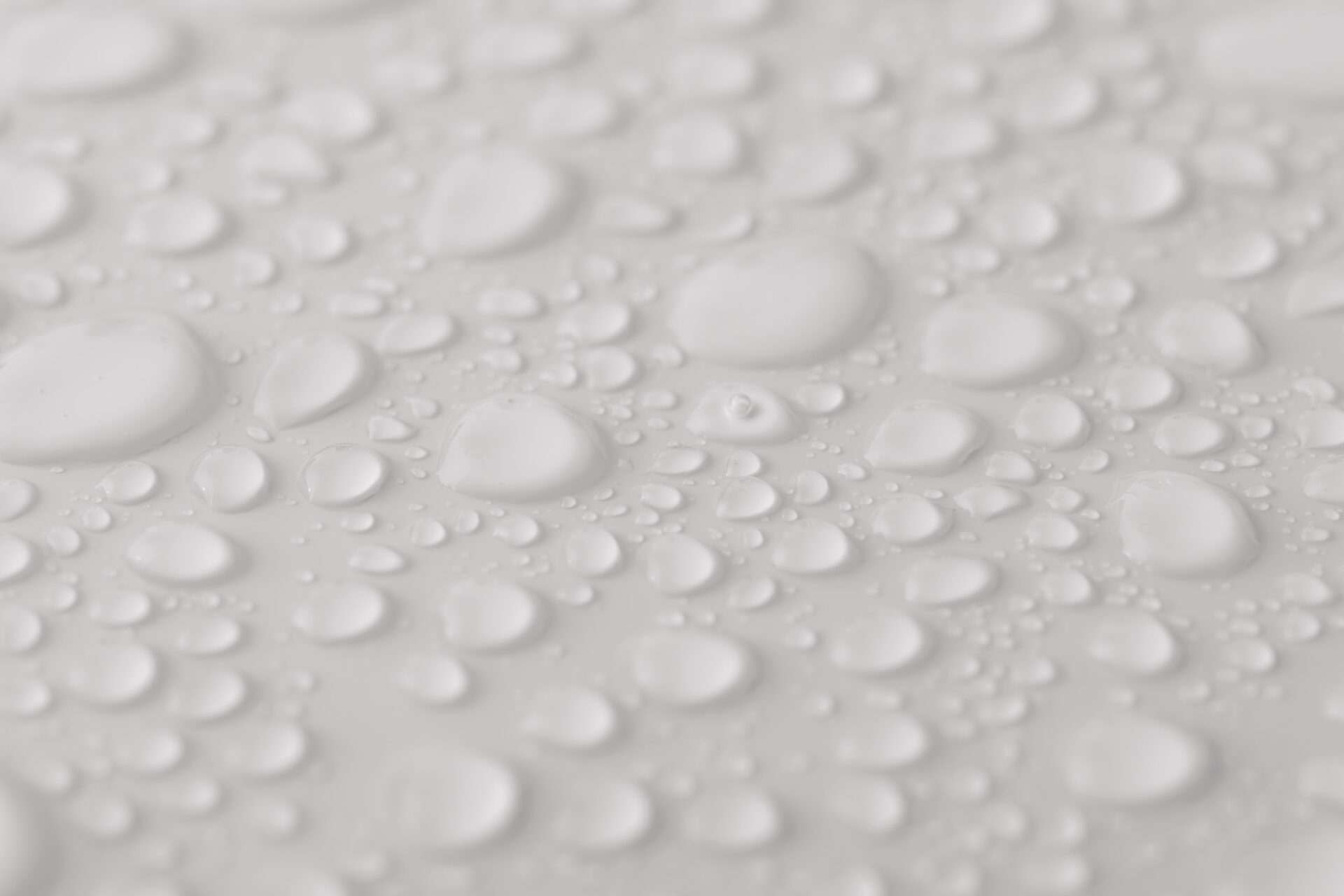Have you ever noticed water leaking from your car? Water leaks in cars can be caused by a variety of things, ranging from a small issue to a major problem. Understanding the cause of the leak is important in order to fix it and prevent future damage. In this article, we’ll discuss why water may be leaking from your car and what you can do about it.There are several possible reasons why water may be leaking from your car. It could be due to a faulty radiator, a leaky hose, or a faulty water pump. It is also possible that the condensation from the air conditioning system is draining out of the car and causing the water leak. If you suspect any of these issues, it is best to have your car inspected by a professional mechanic to identify the source of the leak and have it repaired.
Water Leakage in Car
Water leakage in cars is a common problem experienced by drivers across the globe. It can cause a lot of damage to the car if not addressed quickly and efficiently, and can lead to costly repairs. In this article, we’ll look at some of the most common reasons for water leakage in cars and how you can detect and fix them.
Cracked Windshields or Windows
A cracked windshield or window is one of the most common causes of water leakage in cars. This type of damage typically happens when a rock or other object hits the glass, causing it to break. If you notice any cracks or chips in your windshield or windows, it’s important to have them repaired as soon as possible to prevent water from entering your vehicle.
Clogged Drains
Clogged drains are another common cause of water leakage in cars. The drains on our vehicles are designed to keep water away from sensitive components like wiring harnesses and engines, but if they become clogged with debris, they can’t do their job properly and water will start leaking into your car. To prevent this from happening, it’s important to inspect your drains regularly and clean out any debris that has collected in them.
Damaged Weather Stripping
Weather stripping is rubber seals located around doors and windows that help keep out moisture and dust from entering your car. Over time, these seals can become cracked or worn out due to exposure to extreme temperatures or frequent use, which can lead to water leakage into your vehicle. If you notice any signs of damage on your weather stripping, it’s important to have them replaced as soon as possible before more serious damage occurs.
Faulty Seals
Faulty seals are another common reason for water leakage in cars. Seals that have become worn out due to age or exposure to extreme temperatures can cause gaps that allow moisture inside the vehicle, resulting in leaks. If you notice any signs of wear on your seals, it’s important to have them replaced before more serious damage occurs.
Leaky Hoses
Leaky hoses are another potential source of water leakage in cars. Hoses tend to become brittle over time due to exposure to heat and cold temperatures, causing them crack and leak fluid into the engine compartment or other areas of the car where it shouldn’t be leaking from. It’s important to inspect all hoses regularly for signs of wear or cracking and replace any faulty hoses as soon as possible before more serious damage occurs.
Water leakage in cars is a common problem experienced by drivers across the globe that can cause costly repairs if not addressed quickly and efficiently. By familiarizing yourself with some of the most common causes for water leakage – including cracked windshields or windows, clogged drains, damaged weather stripping, faulty seals, and leaky hoses – you’ll be better prepared should you ever experience this issue with your own vehicle
Types of Water Leaks in Cars
Water leaks in cars can be a pesky problem that can cause damage to your vehicle and leave you with an expensive repair bill. Knowing what type of water leak you have can help you address the issue quickly and get your car running smoothly again. There are several different types of water leaks that can occur in cars, including a cracked radiator, leaking gaskets, faulty hoses, and clogged drains.
A cracked radiator is one of the most common types of water leaks found in cars. This leak is caused by a crack in the metal casing that contains the coolant. If left unchecked, this type of leak can quickly lead to overheating and serious engine damage. You may also notice white smoke coming from the exhaust pipe due to an increased level of coolant burning off from the engine.
Leaking gaskets are another common type of water leak found in cars. Gaskets are responsible for sealing off different components such as oil pans, intake manifold gaskets, valve covers, and timing covers. When these gaskets become worn or damaged they can cause coolant to leak out which will lead to decreased performance and even engine failure if not addressed.
Faulty hoses are another source of water leaks found in cars. Hoses are responsible for transferring coolant from one component to another, so if they become damaged or worn they will not be able to do their job correctly and coolant will spill out onto the ground. Faulty hoses should be replaced immediately before any further damage is caused by the leaking coolant.
Clogged drains are another potential source for water leaks in cars. Many vehicles have drains located at the bottom of their radiators which allow excess coolant to escape without causing any damage to other components or systems within the car’s engine bay. If these drains become clogged then it can cause a buildup of pressure within the cooling system which leads to coolant spilling out through small cracks or holes elsewhere on the vehicle bodywork.
How to Diagnose Water Leaks in a Car
Diagnosing water leaks in a car is an important task, as it can be indicative of a more serious problem. Knowing the signs of a water leak and how to diagnose it can help you quickly identify and repair the issue before it becomes a bigger problem. Here are some tips to help you diagnose water leaks in your car:
The first thing you should look for when diagnosing water leaks in your car is any visible signs of water or dampness. Check around the windows and doors, as well as underneath the vehicle for any wet spots or puddles. This will give you an indication of where the leak may be coming from.
If there are no visible signs of water leakage, then you will need to check for other indicators. Look for any spots on the carpeting or floor mats that may have been caused by moisture seeping through from outside. Additionally, check areas around hoses and pipes for any wet spots or cracking that could be indicative of a leak.
In some cases, an auditory inspection may be necessary to determine if there is a leak. Listen carefully for any unusual noises such as whistling or dripping that could indicate that there is a water leak somewhere in the car’s system. If you are still unable to locate the source of the leak, then it may be necessary to take your vehicle into a professional mechanic who can inspect and diagnose the problem.
Being able to properly diagnose water leaks in your car is important to ensure that they are fixed quickly and correctly. By following these steps, you should be able to identify and repair any issues before they become more serious problems.
Identifying Where a Water Leak is Coming From
Finding the source of a water leak can be a difficult task. The first step in locating the source of the leak is to determine whether it is coming from inside or outside of your home. If the leak is coming from inside, it could be an issue with plumbing fixtures such as sinks, toilets, or showers. If the leak is coming from outside, it could be an issue with your home’s foundation or roofing. In either case, it is important to identify where the water leak is coming from in order to fix it correctly and prevent further damage.
The next step in identifying where a water leak is coming from is to look for signs of water damage. If you notice any wet spots on walls, floors, or ceilings, this could indicate a possible source for the leak. Additionally, if you find mold or mildew growing anywhere in your home this could also point to a potential water source. Once you have identified areas that may have been damaged by water, you can start investigating further by looking for other signs of moisture such as discoloration on walls and ceilings or dampness on carpets and furniture.
Another way to identify where a water leak may be coming from is to look at your property’s exterior. Make sure to check around doors and windows for any cracks or gaps that may allow moisture into your home. Additionally, inspect any outdoor pipes or drainage systems for signs of wear and tear that may indicate they are leaking. Finally, look at your roof for any visible signs of damage such as missing shingles or sagging gutters that could cause moisture issues.
Once you have identified potential sources for your water leak, you should contact a professional plumber who can help assess the situation and provide recommendations on how best to repair it. They will be able to determine exactly where the leak is coming from and advise you on what steps need to be taken in order to repair it properly so that further damage does not occur.

How to Fix a Water Leak in a Car
Water leaks in a car can be caused by many different factors. It is important to identify the source of the leak before attempting to fix it. If the source of the leak is not identified and repaired, further damage may occur. In this article, we will discuss how to identify and repair water leaks in a car.
One of the most common sources of water leaks in cars is from the windshield. If there is a crack or gap in the windshield seal, water can get into the vehicle’s interior. To fix this, replace the seal with a new one or apply a sealant to fill any gaps or cracks.
Another common source of water leakage is from worn hoses and seals around doors, windows and other areas where there are connections between components. Check all hoses and seals for signs of wear or damage, and replace them if necessary. Also check for any loose connections that could be causing water to enter your car’s interior.
If you have recently replaced some parts on your car, such as brakes or tires, check for any loose connections that may have been left by the mechanic who performed the work. This could be a source of water leakage that needs to be fixed as soon as possible.
Finally, check your car’s sunroof for any signs of leakage. If there are any cracks or gaps in its sealant, these should be fixed immediately with new sealant or replaced with a new sunroof cover if necessary.
Water leaks in cars can quickly cause major damage if left unchecked for too long. Identifying and repairing these leaks quickly can help ensure that your car remains safe and efficient for years to come.
Common Places for Water Leaks in Cars
Water leaks can be a major issue for car owners, as they can cause substantial damage to the engine and other electronic components. Fortunately, there are some common places where water leaks in cars are most likely to occur. Knowing where to look and what to look for can help you identify and fix the problem before it gets worse. Here are some of the most common places for water leaks in cars:
The radiator is one of the main components of your car’s cooling system, and it is also one of the most common places where water leaks occur. If you notice your coolant levels dropping quickly, then it is possible that your radiator has sprung a leak. You should check around the hoses connected to the radiator for any wet spots or puddles that could indicate a leak.
The windshield wipers are another common source of water leaks in cars. Oftentimes, when windshield wipers become worn or damaged, they can allow water to seep through their seals and into the interior of your car. To prevent this from happening, regularly inspect your windshield wipers for any signs of wear or damage.
The door seals are also prone to leaking water into your car’s interior. Over time, these seals can become worn or damaged due to exposure to extreme temperatures and moisture. Make sure that you regularly inspect them for any signs of wear or damage.
Finally, the heater core is another component that can leak water into your car’s interior. This component is responsible for distributing heated air throughout your vehicle’s cabin, but it can also be prone to leaking if it becomes clogged with debris or if its seals fail. If you notice an unusual smell coming from your car’s heater vents or if you see liquid dripping from them, then you may have a leaking heater core on your hands.
Warning Signs of a Potential Water Leak Problem in Your Car
One of the most common causes of water leaks in your car is a faulty radiator hose. If you notice any signs of dampness or rust near your radiator, it’s important to check your hoses for signs of damage. You should also check for any cracks or breaks in the hose, as well as any leaking fluid. If you discover any signs of a leak, it’s important to repair it quickly to prevent further damage.
Another sign of a potential water leak problem is an unusual smell coming from your car. If you notice a musty smell coming from your vehicle, it could be an indication that there is standing water in the engine compartment. This could be caused by a slow leak in one of the hoses or by condensation build-up due to high humidity levels.
If you notice that your car is taking longer than usual to warm up, this could be a sign that there is something wrong with your radiator system. You should check for any visible leaks or cracks and have them repaired if necessary. You should also make sure that all hoses are connected properly and that they are not cracked or damaged.
Finally, if you notice that your engine is running at an unusually high temperature, this could be another sign of a water leak problem. It’s important to check all hoses and make sure there aren’t any blockages or leaks causing the issue. If the issue persists after checking all hoses and connections, it may be time to take your car into a mechanic for further inspection and repairs.
By keeping an eye out for these warning signs and taking action immediately when they appear, you can help ensure that any potential water leak problems are taken care of before they cause more serious issues with your vehicle.

Conclusion
Water leaks from a car can be caused by a number of different issues. It could be due to a broken gasket, clogged drain hole, or leaky window seal. With the right tools and knowledge, you can diagnose and repair the issue yourself. If you’re not confident in your skills, it’s best to take your car to a certified mechanic for diagnosis and repair.
No matter what the cause is, it’s important to address water leaks from your car as soon as possible. Unchecked water leaks can lead to corrosion and more serious damage that could cost you even more money in repairs down the road.
If you suspect there is a water leak coming from your car, take action immediately. Either try to diagnose and repair the issue yourself or seek professional help from an experienced mechanic. The sooner you address the problem, the better off your car will be in the long run.

